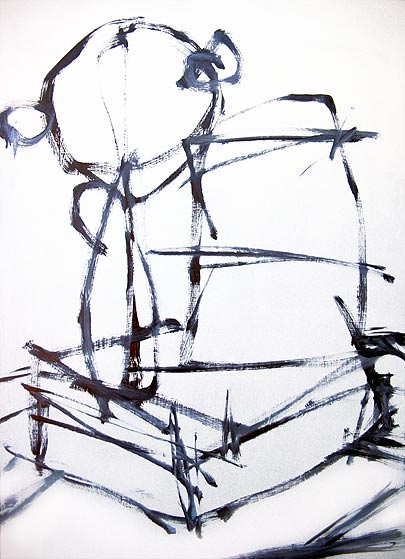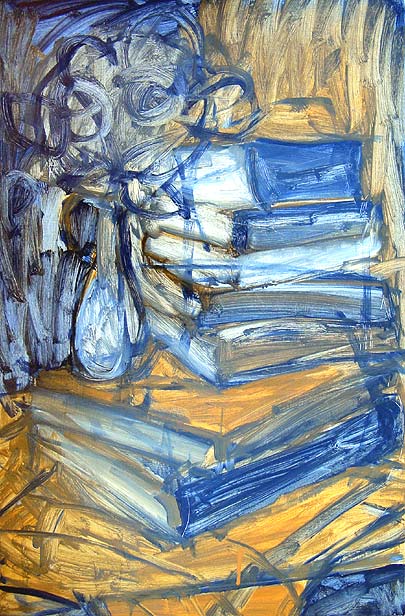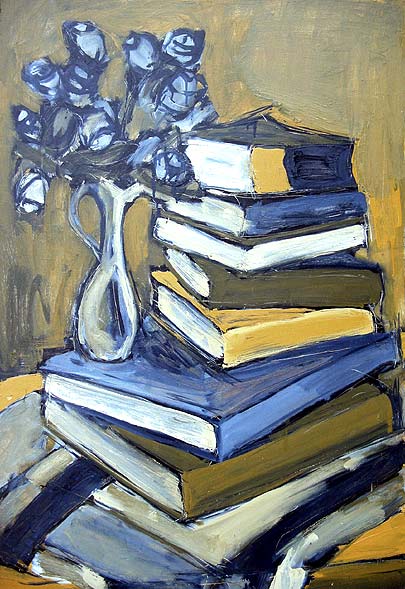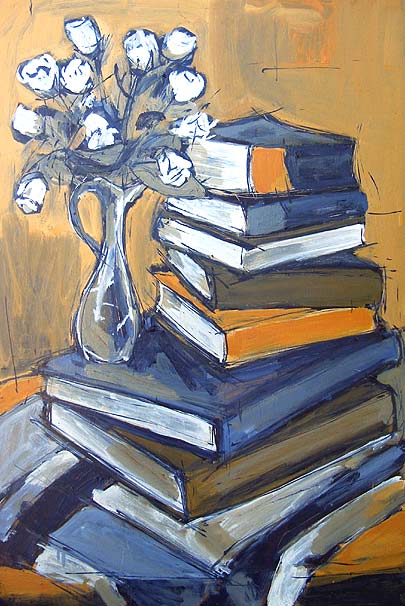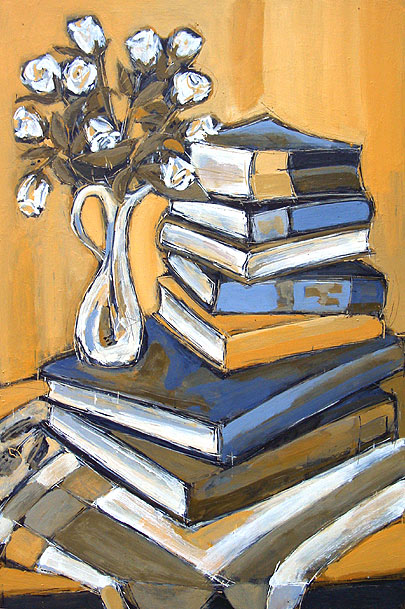
Wednesday 5 May 2010
Thursday 5 November 2009
Recognising my own interests and approaches through contemporary practitioners
An artist | have recently made some connections with is Dryden goodwin
for several reasons I am finding references to his work and his supposedly some of his acts of intentions and reasoning of argument within his practice.
Earlier this week Martin Callahan a guest speaker held a lecture on digital practices within contemporary art via an introduction of list of artists and some of there working practice. One of the first to make an impression on me was the artist 'Dryden Goodwin' and his art piece 'Flight' [Film/animation]
I am drawn to his use of a graphics tablet drawing over video footage. I like the idea of immediacy of the animation in his the film - Flight - Although I am sure the drawn cells and process was quite labour intensive.
As I am keen to marry both of my module practices [Graphic Arts & Animation] into a line of enquiry that informs one another and fusing them not so far apart in practice. Dryden's simple and clear technical approach encourages my own esteem on the notion by the line of enquiry so far i have employed to try and generate my own visual research. I am very keen to keep sketching and painting as I have grown to become accustomed to as well as grown fond of in my attempts to create work. Although it has been a struggle to find a route that merges my recent exploration's of use of digital media to the conventional 'hands on' practices I had begun with.
Art Now: Dryden Goodwin 9 February – 5 May 2002
Art Now is a programme of exhibitions that aims to promote discussion and awareness of new art in Britain. For the latest in the series, Dryden Goodwin will present Closer, a three-screen video installation. Goodwin works with both still and moving images to investigate the way we interact physically and psychologically with urban spaces. In Closer (video installation) , Goodwin moves through the city after dark filming solitary individuals seen in brightly-lit buildings. Focusing on them from a distance, he simultaneously touches their skin and traces their profiles with a beam of light from a long distance laser pen. The use of a zoom lens further confounds the distance between the camera and its subject. This visual ambiguity, combined with a multi-layered soundtrack, manipulates the relationship between the viewer and the viewed, creating an atmosphere which embraces hostility and empathy, intrusion and intimacy. Dryden Goodwin is fascinated by the urban infrastructure and its effect on the individual. Using a variety of media including video, film, sound, drawing and painting, his work has focused on environments such as airports and hospitals in order to investigate the encounters we have with strangers in the metropolis. Goodwin received critical acclaim for his trilogy of video installations About 1998, Within 1998 and Wait 2000 which explore our innate curiosity about other people, of watching and being watched.
Born in Bournemouth in 1971, Goodwin studied at the Slade School of Fine Art, London. He has participated in a number of solo and group exhibitions in this country and abroad. Recent exhibitions include a solo show at Stephen Friedman Gallery, London (2000); New Contemporaries (1997); Video Cult/ures, ZKM, Karlsruhe (1999); Video Positive: The Other Side of Zero, Tate Liverpool (2000) and The Fantastic Recurrence of Certain Situations, Sala de Exposiciones del Canal de Isabell II, Madrid (2001). In 2000 Goodwin was awarded a £75,000 fellowship over three years from NESTA (National Endowment for Science, Technology and Arts). He lives and works in London.  Plot (2005) In the large landscape pencil drawings, Goodwin maps and decodes over 360o of his surroundings, made directly in each location. Attempting to assimilate the whole panorama, the eyes dart around the space, plotting small details. As a counter point, the seven smaller ink self-portrait drawings act as the pivot, mirroring Goodwin's active drawing process. Imbedded in the act of looking and recording is continual movement and animation. The focus cannot settle evoking certain disquiet; this undercurrent of paranoia is developed further in the sparing inclusion of figures in the space, suggesting potential dramas. The Eye: Dryden Goodwin - a documentary film made by Illuminations, completed in Sept 2006 26'00" Drydens website: |
Friday 23 October 2009
Seminar group critique: notes and research prompts: Helen Sear
Helen Sear’s photographic practice has developed from a Fine Art background of performance, film and installation work made in the 1980’s. Her photographs became widely known in the 1991 British Council exhibition, De-Composition: Constructed Photography in Britain, which toured Latin America and Eastern Europe. Born in England she continues to explore ideas of vision, touch, and the re-presentation of the nature of experience, combining drawing, lens based media and digital technologies.
Seminar group critique: notes and research prompts: Gerhard Richter
A Diverse Range of Styles



A combination of artists and artwork I like, enjoy and aspire to: Ashley wood
Ashley has been a professional illustrator for over ten years, and has worked for most major entertainment companies including Dreamworks SKG, Warner Bros., Random House, Marvel Comics, McFarlane Entertainment, IDW, and Konami.
His illustration technique is a combination of traditional painting techniques, coupled with digital photography and graphic software.



Ashley's website:
A combination of artists and artwork I like, enjoy and aspire to: Dion Archibald

dion archibald
artist statement
My art is about a personal exploration of the subject and the materials used to create the work. Regardless of whether the subject is something as mundane as a toothbrush or as awe inspiring as the beauty of nature, it has to speak to me in some way. I have to feel an empathy towards the subject and desire to form a relationship with it, as inevitably I am affected by the feeling or mood of the subject. My paintings evolve organically from life's everyday glances. Rather than trying to force my will on them, I give them total control. Each layer determines and guides the next. My paintings are a dialogue between giving and taking. I don't want to sign the work until it looks like it has been lived on, until I have violated the open white space and created something that can become independent of me and fend for itself.
Dion 2002
|






